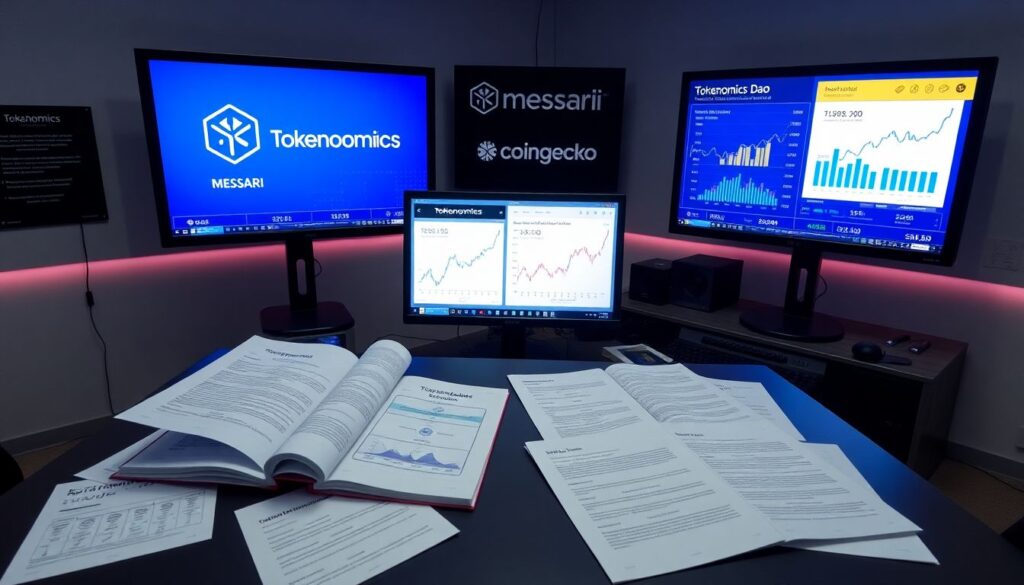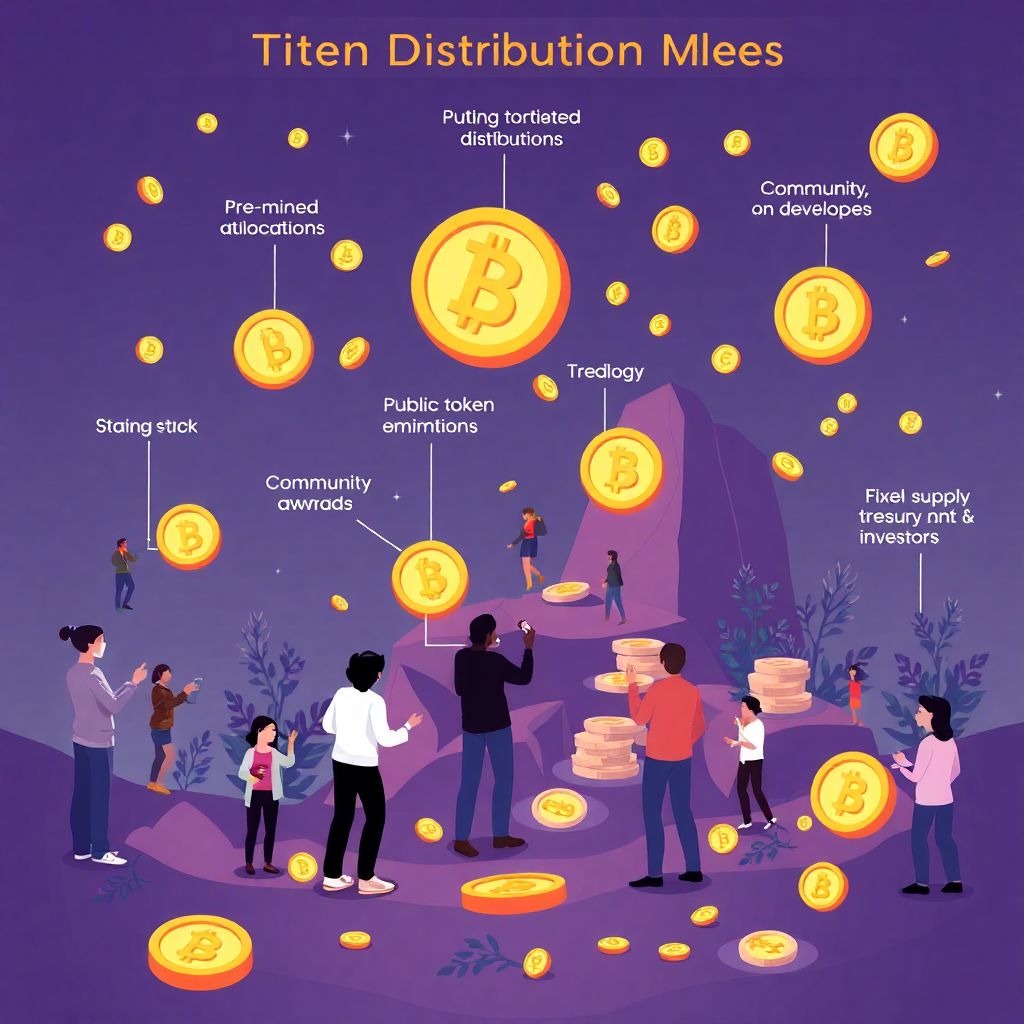Introduction to Token Distribution Models
In the rapidly evolving landscape of blockchain and Web3, understanding token distribution models is essential for project founders, investors, and community members alike. Token distribution refers to the method by which tokens are allocated among stakeholders such as the founding team, investors, community participants, and ecosystem partners. Choosing the right structure impacts long-term sustainability, governance, and tokenomics. For beginners, navigating these models can be daunting, but mastering the fundamentals unlocks the potential to build resilient and fair ecosystems.
Understanding Token Distribution Models
Token distribution models for beginners typically fall into categories such as fixed supply, inflationary, deflationary, and hybrid models. Each has distinct implications for network incentives, scarcity, and long-term value. For example, a fixed supply model like Bitcoin ensures scarcity, while inflationary models like Ethereum encourage ongoing participation through issuance rewards. A well-crafted distribution model aligns incentives, mitigates centralization risks, and supports healthy governance.
Common strategies include:
1. Pre-mined allocations to founders and early investors.
2. Public token sales via ICOs, IDOs, or IEOs.
3. Airdrops and community incentives.
4. Staking rewards and liquidity mining.
5. Treasury-controlled emissions.
Understanding the implications of token distribution is vital. Poorly balanced models can lead to centralization, rapid sell-offs, and regulatory scrutiny. Conversely, transparent and fair token allocations support long-term trust and engagement.
Inspirational Examples of Token Distribution

Several projects have demonstrated best token distribution strategies through innovative and equitable models. Uniswap, for example, pioneered a community-first approach by retroactively airdropping tokens to early users. This not only rewarded participation but also encouraged governance involvement. Another standout case is Filecoin, which structured its distribution across storage providers, developers, and investors, ensuring alignment across stakeholders.
These examples highlight how strategic distribution can foster network effects, decentralization, and user loyalty. For beginners, studying such cases offers invaluable insights into how to choose a token distribution model that supports both early momentum and long-term ecosystem health.
Common Mistakes Beginners Make
Despite the abundance of information, many novice teams fall into predictable traps. One common error is over-allocating tokens to team members and early investors without proper vesting schedules, leading to mistrust or dumping. Another is launching tokens prematurely without a clear utility or tokenomics model, which undermines credibility.
Additional mistakes include:
1. Ignoring regulatory implications of token distribution.
2. Failing to engage the community in the allocation process.
3. Underestimating the importance of liquidity and exchange support.
4. Choosing arbitrary percentages without modeling long-term supply dynamics.
5. Using opaque or unfair distribution mechanisms.
Avoiding these pitfalls requires a solid understanding of token mechanics, community dynamics, and legal frameworks. For beginners, thorough research and expert consultation are indispensable.
Recommendations for Developing a Solid Model
To develop a robust and scalable token distribution model, beginners should anchor their strategy around fairness, transparency, and utility. Start with a clear tokenomics framework that defines token purpose, total supply, and allocation logic. Use modeling tools to simulate future distributions under various scenarios.
Key recommendations include:
1. Implement multi-year vesting for teams and advisors.
2. Reserve a significant portion for community incentives.
3. Design emissions schedules to align with network growth.
4. Establish governance mechanisms early.
5. Use analytics to monitor distribution performance post-launch.
These practices reduce volatility, build stakeholder trust, and create a foundation for sustainable growth. Understanding token distribution models and applying these principles will greatly improve project resilience.
Resources for Learning and Mastery

For those eager to deepen their expertise, a wealth of learning resources is available. Platforms like Tokenomics DAO, Messari, and CoinGecko offer data-driven insights and token model breakdowns. Whitepapers from leading projects provide real-world examples of how to choose a token distribution model effectively.
Online courses from platforms like Coursera and Binance Academy offer structured learning paths. Engaging in communities on Discord or Twitter also provides exposure to emerging best practices. For practical experience, sandbox environments and testnets allow beginners to experiment with token deployments before going live.
Ultimately, mastering token distribution models for beginners is a journey of continuous learning. With the right resources and a commitment to best practices, even early-stage founders can design token economies that stand the test of time.
Conclusion: The Strategic Value of Token Distribution
Token distribution is more than a technical detail—it is a foundational element of Web3 project success. The implications of token distribution extend into areas of governance, adoption, liquidity, and investor confidence. Beginners who approach this topic with diligence and strategic thinking can avoid common pitfalls and build token economies that empower communities and sustain innovation.
By studying the best token distribution strategies, analyzing real-world use cases, and leveraging educational resources, newcomers can turn a complex topic into a strategic advantage. The path to mastery begins with understanding token distribution models and their implications—and continues with thoughtful execution and constant iteration.

